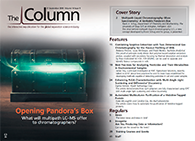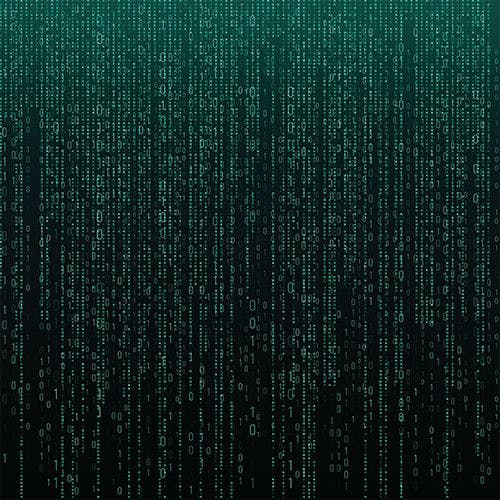Py-GC–MS Analysis of Japanese Jõmon Period Lacquerware
Analysis of red lacquerwares from the Japanese Jõmon Period (approximately 14,000 to 500 BC) by Py-GC–MS has revealed the materials and fabrication techniques used in their production.
Photo Credit: YANGYANG FANG/Shutterstock.com

Analysis of red lacquerwares from the Japanese Jõmon Period (approximately 14,000 to 500 BC) by pyrolysis gas chromatography–mass spectrometry (Py-GC–MS) has revealed the materials and fabrication techniques used in their production (1).
The Jõmon period of Japanese prehistory started roughly 14,000–10,000 BC and ended around 500–300 BC. This incredibly long time period saw many developments within the Japanese culture including the production of lacquer craft products such as containers, tableware, and jewellery among many others everyday items. Lacquer tapped from Rhus vernicifera, commonly known as lacquer trees, is the oldest natural coating material used in Japan, and research into the lacquer culture forms an important part of many archaeological studies. As lacquer is not native to Japan (2), there remains many questions to be resolved around the lacquer culture including when, where, and how was the lacquer culture established? Further questions remain about the cultural and social implications of the lacquerware. In order to answer these questions researchers have studied lacquerware samples belonging to the period from various sites such as the Niigata Prefecture and the Iwate Prefecture (3,4), as well as the Minamikonuma ruins located in Saitama City (1).
In the most recent study, researchers used attenuated total reflection Fourier-transform infrared spectrometry (ATRâFTIR), energy dispersive X-ray fluorescence (EDXRF), and Py-GC–MS to analyze 16 lacquerwares excavated from the Miniamikonuma ruins, Saitama City, Japan.
The results indicated that lacquerwares from the metaphase of the Jõmon period had a simple one-layer coating of iron (III) oxide (Fe2O3), whereas lacquerwares from later stages of the Jõmon period had 2–7 coating layers and added a mercury sulfide (HgS) layer at a later stage as an additional red pigment. Urushiol chemical products were detected using Py-GC–MS suggesting all lacquerware products were coated with lacquer sap collected from a Toxicodendron vernicifluum lacquer tree. These results indicate a definite advancement in lacquer craft production technique towards the end of the Jõmon period. - L.B.
References
- S. Takahashi et al., J. Archaeol. Sci.18, 85–89 (2018).
- L. Habu et al., Quat. Int.239, 19–27 (2011).
- R. Lu et al., J. Anal. Appl. Pyrolysis 103, 68–72 (2012).
- R. Lu et al., J. Anal. Appl. Pyrolysis113, 84–88 (2015).

New Method Explored for the Detection of CECs in Crops Irrigated with Contaminated Water
April 30th 2025This new study presents a validated QuEChERS–LC-MS/MS method for detecting eight persistent, mobile, and toxic substances in escarole, tomatoes, and tomato leaves irrigated with contaminated water.

.png&w=3840&q=75)

.png&w=3840&q=75)



.png&w=3840&q=75)



.png&w=3840&q=75)











